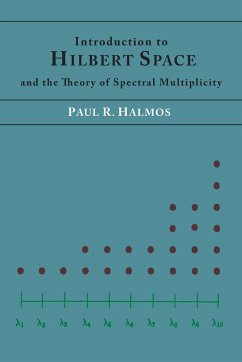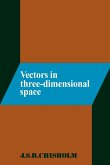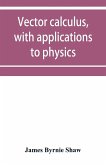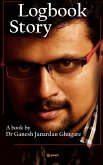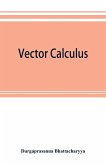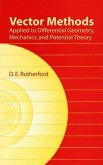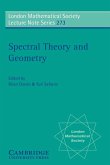2013 Reprint of 1951 Edition. Full facsimile of the original edition, not reproduced with Optical Recognition Software. The subject matter of the book is funneled into three chapters: [1] The geometry of Hubert space; [2] the structure of self-adjoint and normal operators; [3] and multiplicity theory for a normal operator. For the last, an expert knowledge of measure theory is indispensable. Indeed, multiplicity theory is a magnificent measure-theoretic tour de force. The subject matter of the first two chapters might be said to constitute an introduction to Hilbert space, and for these, an a priori knowledge of classic measure theory is not essential. Paul Richard Halmos (1916-2006) was a Hungarian-born American mathematician who made fundamental advances in the areas of probability theory, statistics, operator theory, ergodic theory, and functional analysis (in particular, Hilbert spaces). He was also recognized as a great mathematical expositor.

